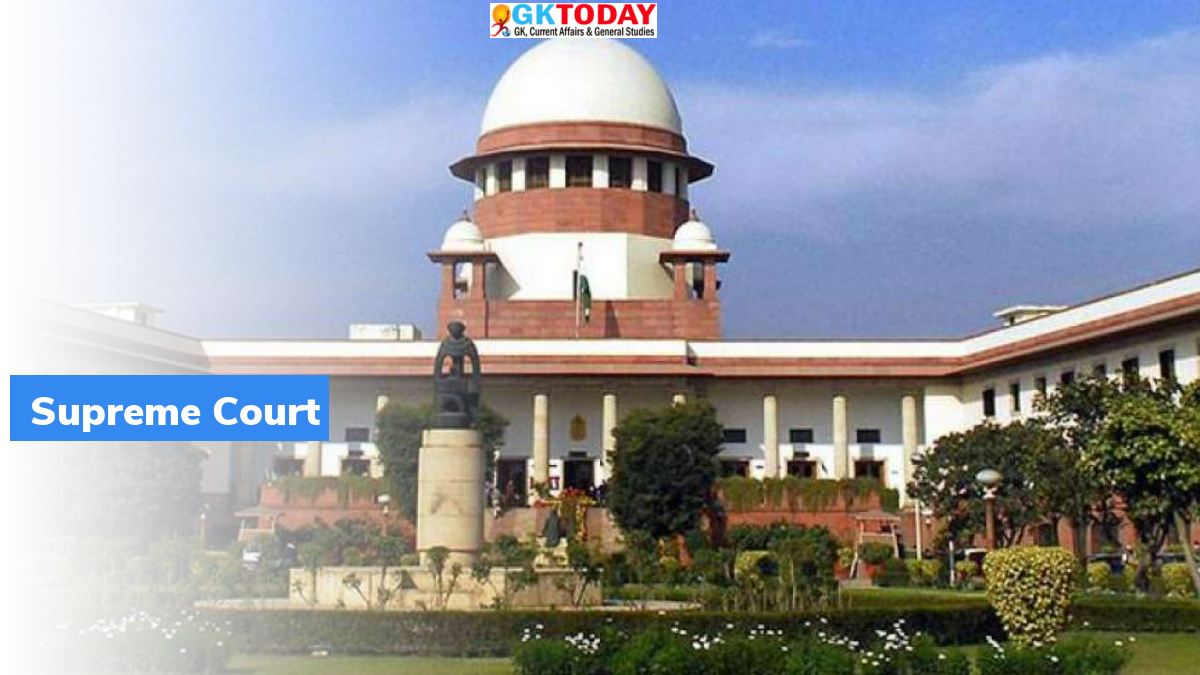Indian Environment Service
On January 21, 2021, the Supreme Court asked the Centre whether it was planning a dedicated Indian Environment Service in India’s bureaucratic set-up.
Highlights
- In 2014, a committee headed by former Cabinet secretary TSR Subramanian had recommended to set up Indian Environment Service.
- Petition was filed by a lawyer Samar Vijay Singh, for the creation of an independent Indian Environment Services at all-India level.
- However, prima facie it is doubtful if a mandamus can be issued. Though, an enquiry can be made on whether the government proposes to follow the recommendation of TSR Subramanian committee.
TSR Subramanian committee
The TSR Subramanian committee was constituted in August 2014, under the chairmanship of Subramanian. It was constituted by the ministry of environment, forests and climate change for reviewing environmental laws in India as well as for bringing them in line with the current requirements. Committee had submitted report on November 18, 2014. Committee recorded that, India had a strong environmental policy and legislative framework however, it has been weakly implemented. Weak implementation has resulted in criticism of environmental governance by conservation experts and the judiciary.
Indian Environment Service
Committee had recommended to set up an Indian Environment Service, as an all-India Service. It can be created on the basis of qualifications and other details prescribed by MoEF&CC or DoPT or UPSC. The committee also proposed for creation of necessary institutional framework for this purpose.
Who deals with environment clearances?
Currently, officers from all India civil services, conducted by UPSC, deals with environment clearances and policies.
What is the issue with present approval systems?
As per report, present approval systems and monitoring mechanism led to sub-optimal management of environmental issues. Thus, committee proposed to create an All-India Service, which will act as an expert group for man positions in this field across public and quasi-governmental sectors.
Month: Current Affairs - January, 2022
Category: Environment Current Affairs • Legal & Constitution Current Affairs







